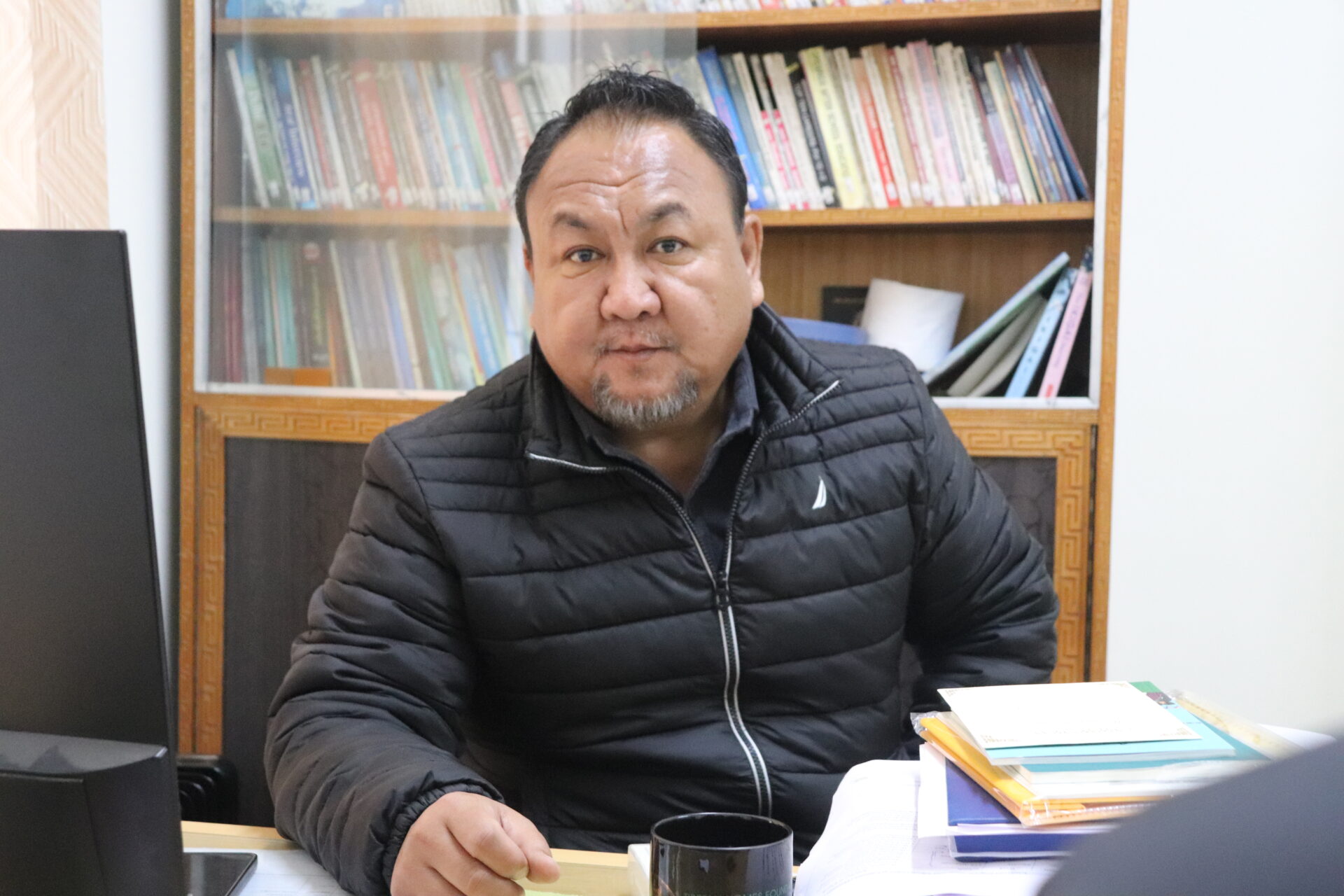Limitless Sky: Bringing out the best in Tibetan GenNext

The year was 2002. In a small Tibetan school nestled in the hills of Karnataka, South India, teachers and students began speaking for the first time about possibilities beyond the weight of parental expectations. Back then, school counselling was a relatively new concept in Tibetan schools. There were no dedicated offices – just a few counsellors travelling from school to school, carrying knowledge and hope in their notebooks and their eyes.
“IM Swedish Development Partner sowed the seeds of counselling in our schools. It was a completely new idea,” says Jamyang Wangyal, Joint Secretary of the Department of Education, Central Tibetan Administration (CTA).
By 2005, the initiative expanded with a small office funded by IM, which later became a full-fledged counselling centre in 2010. The counsellor based there oversaw approximately ten schools across Karnataka and central India—a huge step forward for the community.
Jamyang, together with his colleagues Tsenzin Paldon (Special Educator) and Tenzin Chodhen (Counsellor), has been working on IM’s project to help Tibetan students figure out what they want to do after graduating.
Diversifying Career Options
“Until 2002, career options for Tibetan students were very limited – mostly the army or small businesses. Many students completed school but had no guidance for employment. Today, students can pursue careers as technicians, engineers, or mechanics, and some even turn a love of electronics into a profession,” Jamyang explains.
IM and the counselling department also worked to popularise vocational studies, which had long been stigmatised. “Careers in hairdressing, arts and crafts, media, plumbing, or electrical work were looked down upon. We introduced Gender Pedagogy in schools to encourage students and parents to see careers without a gender lens – a male can be a nurse, a female a doctor, a woman can be a plumber, and a man a hairdresser.”
The stigma has reduced significantly. Gen Z students are now passionate about preserving and developing Tibetan traditional arts while progressing through vocational training. Currently, the CTA oversees nine vocational centres.
IM’s Support for Key Activities
IM also funded career exhibitions, motivational talks, and parent engagement sessions to address student challenges.
Due to a shortage of trained counsellors, a “teacher-counsellor” system was developed. Teachers – including librarians and computer instructors –received training to provide basic guidance services. Over a decade, around 22 teachers were trained in this capacity.
“From 2005 to 2015, IM funded and encouraged counselling activities in South Zone schools. It made a big difference. Students received guidance on making informed career choices instead of just following friends. More students went on to college, with many completing master’s degrees or even PhDs,” says Jamyang.
Shifting Focus to Mental Health
By 2010, counselling began to evolve beyond career guidance. “Students were choosing the right careers, but many struggled with hidden stress affecting their mental health,” Jamyang explains. Students were becoming withdrawn, spending excessive time on phones and computers, quietly struggling with issues they did not know how to discuss.
Schools introduced mental health days, creating spaces for students to talk openly about their challenges. The programme grew to include emotional well-being, emphasising self-worth and personal growth.
Jamyang, who has a background in psychology, notes: “Counsellors observed a shift in student behaviour over time – children today are more isolated and engaged with screens, which raises concerns about emotional health. Supporting mental and emotional well-being in schools has become essential.”
By 2018, counselling was fully integrated into Tibetan schools, covering both career guidance and mental health support. Each child felt seen, heard, and understood.
“IM’s support was invaluable. What started as a career guidance programme grew into a comprehensive support system for students’ mental and emotional well-being,” says Jamyang.
The Central Tibetan Administration
The Central Tibetan Administration is the Tibetan government in exile, based in Dharamshala, India. The CTA is the legitimate representative of Tibetan people both in and outside Tibet. It was set up to address the twin task of restoration of freedom for Tibetans and rehabilitation of Tibetan refugees.
Text and photo: Isha Banerjee
Main photo: Jamyang Wangyal, Joint Secretary of the Department of Education, Central Tibetan Administration (CTA)
By: Malin Kihlström